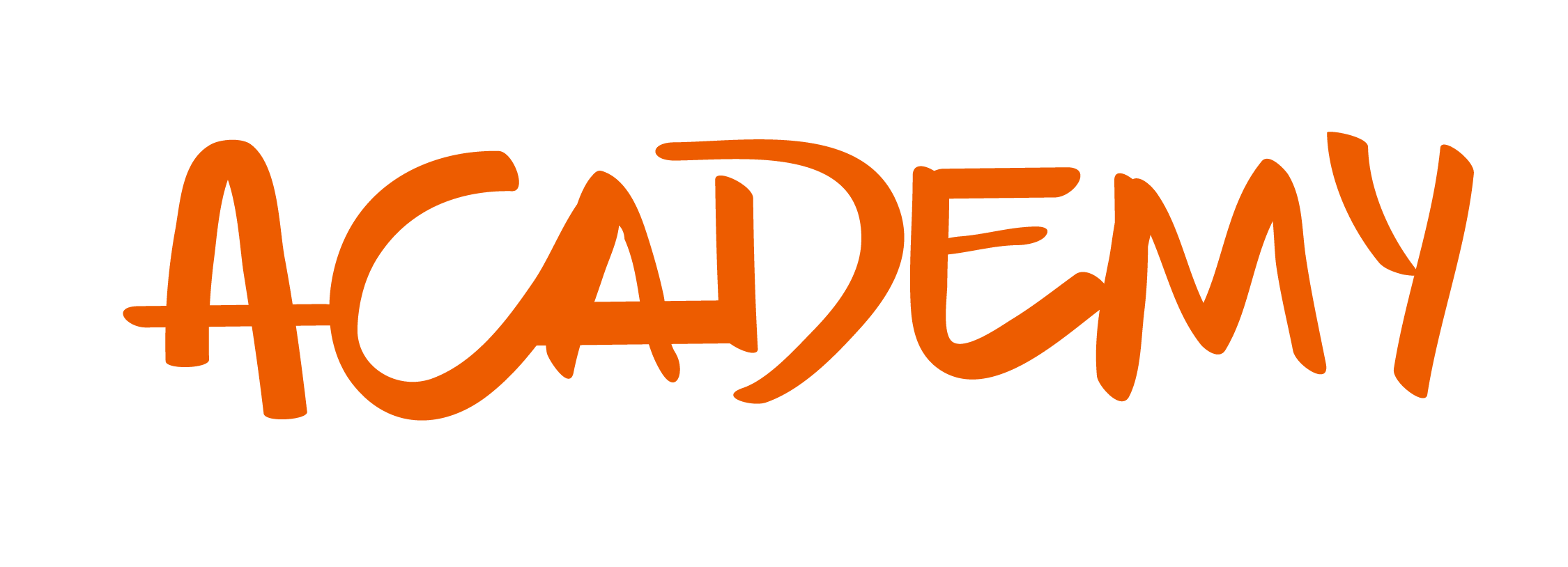Every business requires many different skill sets and competencies in order to run smoothly and realize its goals. But all too often, various departments aren’t connected and fail to bring those skills together to create a cohesive unit.
That’s where cross-functional teams come in. A concept that dates back decades, it brings together team members and the qualities they offer in order to work in harmony to achieve a common goal.
What are cross-functional teams? And why are they beneficial to every type of organization? Let’s take a look.
What is a cross-functional team?
Cross-functional teams are collections of team members with a range of skills and knowledge, who bring together their specializations and varying points of view in order to achieve a clear goal.
This group of people is coordinated to ensure that they are creating real value, optimizing the user experience, and addressing the bigger picture.
An increasingly common organizational structure, involves various disciplines and departments, from sales and marketing to human resources to IT and operations. You’ll frequently find cross-functional teams at startups, where members of a lean staff must wear many hats and employ an all-hands-on-deck approach. But even huge giants like Apple use cross-functional teams.
Why Do Cross-Functional Teams Exist?
Without cross-functional teams, businesses risk having a lack of alignment on core objectives. They also may not be able to tap into their resources and deliver maximum value. Moreover, individuals are not working together cohesively, as a single, goal-driven unit.
Customers can see the value of cross-functional teams, too. When they have questions or concerns, they want to be able to speak to informed individuals who understand and can help them, using the collective knowledge of the group. What they don’t want is to speak to representatives from multiple departments who are acting independently — this leads to confusion and frustration.
Benefits of Cross-Functional Teams
Cross-functional teams bring many benefits to their organizations. Chief among them are:
- Greater innovation
- More creativity
- Better collaboration
- A greater sense of accountability
- Increased efficiency and agility
- More effective decision-making
- Increased adaptability
- Alignment of goals
- Fewer unexpected events and occurrences
- Better consumer and employee engagement
- The ability to leverage multiple skillsets
- Improved communication
- Greater productivity
Top 5 Reasons You Need Cross-Functional Teams
1. Greater innovation
In today’s world, innovation is the backbone of every organization’s efforts. Cross-functional teams enable businesses to brainstorm effectively and develop ideas — ones that are more cohesive and thorough than those individual departments are likely to be able to come up with on their own.
When silos are eliminated from the process, innovation is stronger and greater.
2. Goal alignment
Goal alignment is critical for your business’s mission. Stakeholders and employees must have shared objectives and buy into the company’s purpose. Cross-functional teams make this shared purpose possible, with each individual contributing to the company’s objectives.
3. Faster time to market
You function in a competitive space, and time to market matters. Cross-functional teams enable greater efficiency and stronger collaboration, which, in turn, leads to drastically reduced time to market. This may seem like a small thing, but shorter cycle times ultimately mean greater profit in many cases.
4. More value
The ultimate goal of any project — in fact, the very reason why a business exists in the first place — is meeting the needs of the customer. Cross-functional teams are better equipped to serve the needs of the consumer, thereby creating more value. Individuals and departments are aligned on purpose and mission, and together, they can build cohesive messaging, ultimately reaching consumers more effectively and efficiently.
5. Acknowledgement of individuals’ contributions
In the case of conventional team structures, there is a risk of individual team members feeling overlooked and undervalued. Some employees may wonder if they are dispensable. This is not the case with cross-functional teams.
In this structure, everyone has a purpose and a clearly defined role. They understand what they’re meant to contribute to the larger group and team efforts. They know what skills they’re bringing to the table. Moreover, they recognize how they and their colleagues should work together to achieve common goals and outcomes.
Therefore, every team member understands their value. This, ultimately, leads to greater employee satisfaction and engagement, an important part of any organization.
7 Tips for Better Cross-Functional Teams
1. Clearly define roles
Laying out roles and responsibilities in a clear manner is essential for building a strong foundation for a cross-functional team. Without these defined roles, there could easily be overlap in job functions, and team members may risk stepping on one another’s toes.
But when you establish roles upfront, everyone knows what they are supposed to be doing at what time. People have an easier time making decisions and understanding how they contribute to the bigger picture, too.
This starts, first and foremost, with the team leader. This individual must be equipped with the skills and qualities to manage effectively, anticipate issues, and proactively handle complications.
2. Account for all necessary skills
At the beginning of every project, the team leader must determine which skills and roles are necessary. From there, they should consider which team members have the necessary skills for the job. They must look at the big picture, here, fitting together individuals and their qualities and competencies like a puzzle — all toward the goal of bringing together and creating a cohesive team.
3. Layout rules and structures
High performance depends on having the right structures in place to achieve your goals. While rules aren’t necessarily appealing to discuss, they are important to ensuring that you’re functioning effectively as a unit.
Involving team members in determining the appropriate rules for each project will both boost morale, contribute to stronger team building, and help ensure that people are willing to follow these regulations.
An effective cross-functional team demands input from everyone, and that starts early on, with the very conception of the project itself.
4. Establish goals and milestones
This may seem like a no-brainer, but it’s important to state: every project must have clear goals and objectives, each of which ultimately services the larger organization and its goals. Upfront, team leaders should work with team members to determine what the central objectives of the project are. They should also establish milestones and benchmarks that will allow the team to assess the project and determine whether or not they are on track to achieve these goals.
5. Solidify channels of communication
Communication is a critical part of the collaboration — which, in turn, is one of the central pieces of cross-functional teamwork. In order to make this structure-function effectively and achieve high performance, as well as meet your goals as a team, you must establish clear channels of communication.
This starts with strong communication skills, yes, but it also involves team leaders providing the right tools, whether that means Slack, Zoom, project management platforms, or other vehicles. Moreover, each individual should be aware of what tools they have available to them and when the right moment is to use each one.
6. Encourage collaboration
Cross-functional teams depend on cross-functional teamwork. Individuals and departments must work together, collaborating in order to achieve their common goal — the goal of the larger organization. Teams that are able to collaborate are also better at problem-solving because they will check in with and keep one another in the loop, as well as brainstorm solutions together.
A culture of collaboration and trust is ultimately critical for making this model effective in real-world contexts.
7. Determine necessary resources
Even when each team member is bringing unique skill sets and talents to the bigger picture, they must be equipped with the right resources in order to do their jobs and assume their roles effectively. A team leader should consider the necessary resources each individual and department needs to have in order to fulfill their responsibilities. They should also work with their team members and ask how they can assist them in completing their tasks.
How do you develop cross-functional collaboration?
Collaboration is central to the cross-function model. In order to develop a spirit of teamwork, each team leader should establish expectations and make roles and responsibilities clear. The leader must have deep knowledge of the qualities and skills each team member brings to the table, in order to effectively delegate and ensure positive collaboration. They should also prioritize communication.
What is a Cross-Functional Team Map?
A cross-functional team map, also known as a team wheel or project map, illustrates the cross-functional process. There are different versions of this model, with each offering a visual depiction of the way these teams function.
For example, if you are using a wheel, the leader is placed in the center, with roles and functions surrounding the center. Each concentric circle depicts another layer of roles and functions as they pertain to the project.
In another version, departments and project steps are laid out in a flowchart. Each phase leads to the next.
No matter what model you choose, the map serves as a project management tool of sorts, enabling stakeholders and team members to view progress and responsibilities.
3 Cross-Functional Team Examples to Inspire You
Apple
Steve Jobs overhauled the traditional model of company organization when he returned to Apple. He conceptualized a model where everyone would work together with a single function in mind instead of individual units.
This structure has served the tech giant well in many regards, from pioneering the iPhone — with feedback from multiple departments and stakeholders — to introducing the Apple Watch. Now, Apple has no general managers, at least not ones in the traditional sense. Instead, the entire company operates under a single goal-oriented philosophy.
FDA
The US Food and Drug Administration (FDA) is relatively new to the concept of cross-functional teams. The government agency began to embrace the model in 2018, determining that expert guidance from a range of specializations and areas would allow the FDA to better communicate and streamline approval, thus facilitating a stronger review process. This was all toward the end goal of establishing improved public health outcomes through research-based methodologies.
Northwestern Mutual
Northwestern Mutual is perhaps the earliest example of a company that has embraced the idea of a cross-functional team. Back in the 1950s, the insurance and financial services company pioneered the concept when it brought together various pivotal departments to study the new role of computers in the business world. Today, Northwestern Mutual continues to use the model and acts as an example for businesses across industries.
Today, every team goal must align with overarching objectives. Workflows must be conceptualized to meet the objectives and larger mission of the organization. Cross-functional teams are the way to realize these goals. The structure offers numerous benefits, from stronger decision-making processes to the alignment of different departments. No matter what the industry, this is a model to embrace.















